So I have to mill a bunch of aluminum frame parts and a few more have to be made on a lathe.
By chance, it happens that I own a Sherline mill and a lathe which I bought many years ago just to do some ‘cool’ stuff. Last year I finished installing CNC control on both and now I run them with LinuxCNC which is an Ubuntu distribution preinstalled and configured for CNC usage. LinuxCNC runs G-code programs which basically describe the path that the cutter will follow.
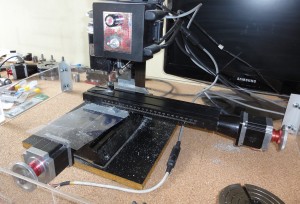
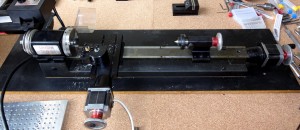
The Sherline mill and lathe are designed to work with soft or hard materials like stainless steel an titanium. Aluminum is no problem, though I may upgrade the pulley to the 10,000 RPM model since aluminum requires higher surface cutting speed than what you can get with the stock 2,800 RPM pulley when you are using small endmills (2.5 mm and 3 mm).
A nice thing is that the DARwIn-OP design is metric, as does my tools, so it is harder to screw up.
These tools are desktop size (I actually have them in a desktop). The mill has a working area about 200×100 mm which is too small for some of the frame parts to clone a DARwIn-OP such as the hand or the lower leg. So these parts I’ll have to redesign in several pieces that can be screwed together. A much bigger mill or a CNC-router would have been ideal for cutting a lot of pieces at once, but the tools I have can do the job.
For the mill, the cutters I’ll use are:
- 2.5mm and 3mm endmills. I’ll get some 2 flutes and 3 flutes carbide endmills for aluminum and check them out.
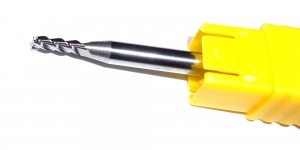
- 1.6mm, 2mm, 2.05mm, 2.5mm and 2.6mm drills. I’ll get carbide drills with a wider shank (1/8″). The 1.6mm will be for 2mm tapping. The 2.05 will be for 2.5mm tapping.
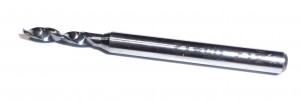
- Center drills. I have a #1 center drills which has about 1.2mm of diameter at the tip. And also some 1.5mm center drills to check them out.
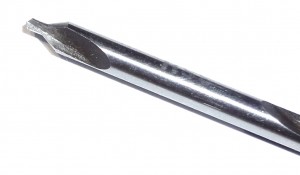
For the lathe, I may use several carbide cutters and a boring cutter with quick-change tool holders, but I’ll work on the cut plans after I am done with the leg’s frame parts on the mill.
To bend the aluminum parts, I’ll test out a seamer with a vise and also a mallet.
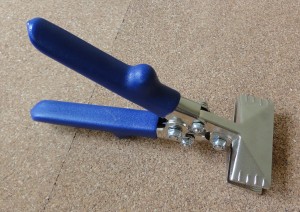
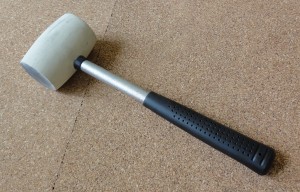
I already got familiar with FreeCAD and I’ll be translating the 2D designs to G-code programs (I couldn’t find any available on Internet). Maybe some toolchain could help me on the translation, but that may take too much time just to select and setup, so I’ll do the G-code programming manually.
